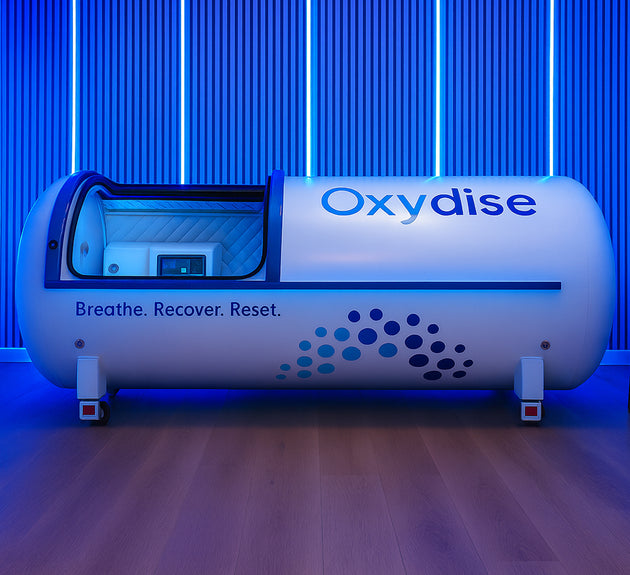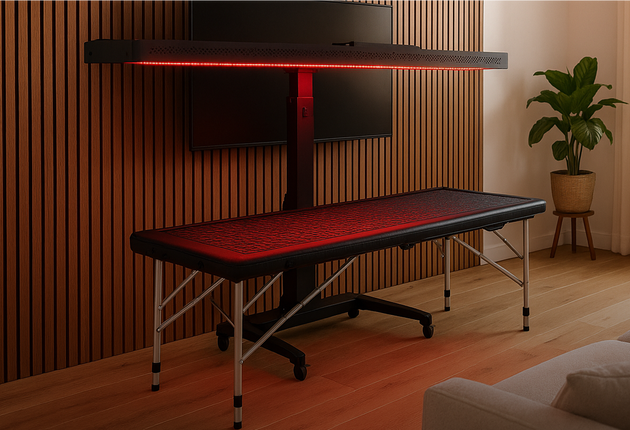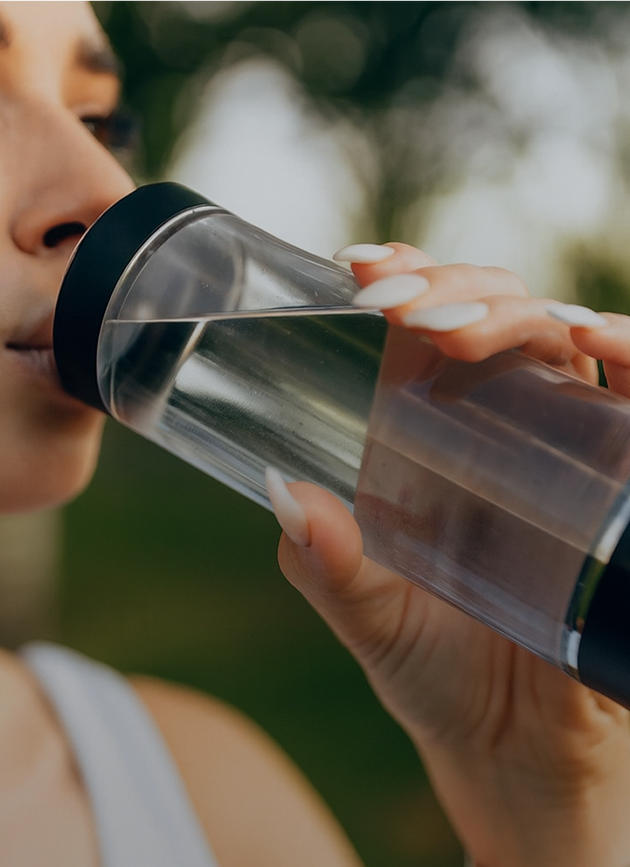Recovery is the key to peak performance. Whether you’re a professional athlete, a fitness enthusiast, or someone who simply wants to push their physical limits, muscle recovery plays a crucial role in optimizing strength, endurance, and overall health. Enter Red Light Therapy — a revolutionary, non-invasive approach to muscle recovery and performance enhancement that is changing the game in sports science and biohacking.
The Science Behind Red Light Therapy for Muscle Recovery
Red Light Therapy, also known as photobiomodulation (PBM), works by delivering specific wavelengths of red and near-infrared light deep into muscle tissue. This light energy is absorbed by mitochondria, the powerhouses of your cells, stimulating the production of adenosine triphosphate (ATP)—the energy currency of your body.
More ATP means your muscles recover faster, repair stronger, and experience less fatigue after intense training. But the benefits don’t stop there. Studies show that Red Light Therapy also:
-
Reduces inflammation by decreasing oxidative stress in muscle cells.
-
Increases blood flow, delivering more oxygen and nutrients to fatigued muscles.
-
Accelerates muscle repair by boosting collagen and protein synthesis.
-
Decreases soreness by lowering levels of lactic acid buildup.
A 2016 systematic review of Photobiomodulation (PBM) retrieved 533 studies, covering randomized controlled trials and case-control studies in both trained and untrained individuals, as well as elite athletes. The findings suggest that PBM can increase muscle mass after training, reduce muscle damage markers such as creatine kinase, and decrease inflammation. There is even an ongoing debate about whether PBM should be permitted in athletic competition by international regulatory authorities. You can read more here: https://pmc.ncbi.nlm.nih.gov/articles/PMC5167494/
Why Recovery Matters More Than You Think
Many believe that strength and endurance are built during training sessions, but true gains happen between workouts—during recovery. Without proper recovery, muscles remain fatigued, performance plateaus, and injury risk skyrockets. This is where RLT shines, offering an efficient, scientifically backed method to enhance muscle repair and regeneration while reducing downtime between workouts.
Practical Applications of Red Light Therapy for Performance & Recovery
1. Pre-Workout Activation
Applying red light therapy before exercise can prime your muscles for performance. Studies suggest that pre-training RLT increases mitochondrial efficiency, allowing muscles to contract with greater force and endurance.
2. Post-Workout Recovery
Using RLT after training sessions accelerates muscle repair and reduces delayed onset muscle soreness (DOMS). This means you can train more frequently without experiencing prolonged stiffness or fatigue.
3. Injury Prevention & Rehabilitation
Regular use of RLT strengthens muscles and connective tissues, reducing the likelihood of injuries. For those recovering from strains, tears, or joint pain, red light therapy can significantly speed up the healing process by stimulating tissue regeneration and reducing inflammation.
How to Use Red Light Therapy Effectively
For best results, consistency is key. Here’s how to integrate RLT into your recovery routine:
-
Session Duration: 10–20 minutes per muscle group.
-
Frequency: 3–5 sessions per week for optimal recovery.
-
Distance from Light Source: 6–12 inches from the targeted area.
-
Skin Exposure: Ensure direct skin exposure for maximum absorption.
Is Red Light Therapy Right for You?
As sports science and biohacking evolve, Red Light Therapy is emerging as a must-have tool for anyone serious about maximizing performance, reducing pain, and speeding up recovery. It offers a natural, non-invasive, and drug-free alternative to traditional recovery methods like ice baths, massage therapy, and compression therapy.
If you’re looking for an edge in your training, RLT could be the missing piece in your recovery puzzle. Whether you’re an elite athlete, weekend warrior, or wellness enthusiast, integrating RLT into your routine can help you train smarter, recover faster, and perform better—without the downtime.
















